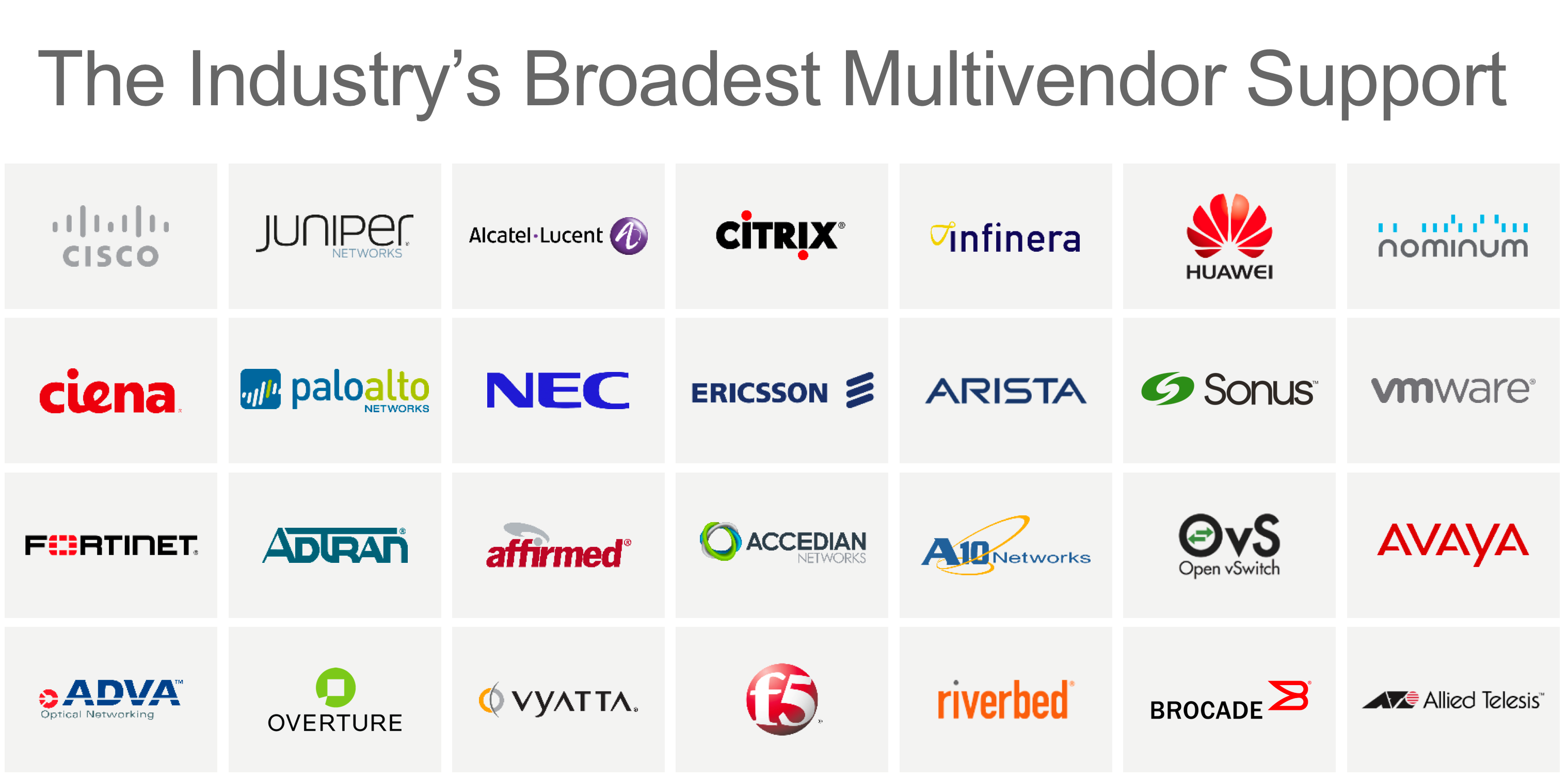
Segement Routing, SRv6
The major difference between SR/MPLS and SRv6 is that the SID in SR/MPLS is MPLS label where as SID in SRv6 is encoded as a native IPv6 address. SRv6 solution completely deletes the MPLS data plane…
Submarine Transmission
BGP Unnumbered
RFC 5549 is a somewhat obscure RFC, its purpose is to allow the advertisement of an IPv4 route and routing of an IPv4 packet over a pure IPv6 network …
BGP large communities
A BGP community is bit of “extra information” that you can add to prefixes which are advertised to BGP neighbors. …
Confused with traceroute behaviour
Over the course of the years I have observed; many times; traceroute failure even when the device is up. …
Junos syslog "BTLB binary without the BTLB_FLAG env set"
I have been observing the above log messages on SRX-550 every hour, and at first I was quite concerned,
After some research, it turns out to be nothing to worry about. …
Martini L2VPN with QnQ
An existing client with many service has one interface dedicated (PE1 to CE1) carrying a mix of services vlan-ccc (for layer 2circuit) and routed IP services
…
Traffic Engineering LSP
Traffic engineering Label Switched Paths (LSPs) allows for granular control over what LSPs are used for MPLS traffic by analysing bandwidth available on different LSPs
…
Traffic shapping
Traffic shaping is a bandwidth management technique used on computer networks which delays some or all datagrams to bring them into compliance with a desired traffic profile
…
Cisco Network Services Orchestrator, NSO
NSO enabled by Tail-f (a Cisco company) provides end-to-end automation to design and deliver services much faster.
It seamlessly integrates all of your infrastructure across different technologies, vendors
…
JunOS mpls forwarding vs bgp-igp
The default BGP option (traffic-engineering bgp) allows only BGP to use LSPs in its route calculations
…
Streaming Telemetry
Streaming telemtry allows for measurements and data that is collected from remote devices to be sent to receiving equipment for monitoring
…
VRF Route leaking
You can use static route leaking to reach remote destinations in another VRF (ones that are reachable through a next hop router) or directly
…
Understanding MPLS L2VPN
L2VPNs offer a means to tunnel layer 2 traffic over MPLS network. The L2VPNs can be point to point or point to multipoint
…
Implementing QoS in JunOS
Quality of Service (QoS) is the manipulation of traffic such that a network device, such as a router or switch, forwards it in a fashion consistent with the required behaviors of the applications generating that traffic
…
NetBox
NetBox is an open source web application designed to help manage and document computer networks
…
Icinga 2
Icinga is an open-source computer system and network monitoring application
…
The BIRD Internet Routing Daemon
The BIRD project aims to develop a fully functional dynamic IP routing daemon primarily targeted on (but not limited to) Linux, FreeBSD and other UNIX-like systems
BIRD supports Internet Protocol version 4 and version 6 by running separate daemons
…
MPLS inter AS Option C IPv4 and IPv6 VPNs
The objective is to set up L3VPN support that spans different autonomous systems to serve customers with sites on different service provider domains
…
MPLS inter AS Option B IPv4 and IPv6 VPNs
The objective is to set up L3VPN support that spans different autonomous systems to serve customers with sites on different service provider domains
…
NTP Server Installation
The Network Time Protocol (NTP) is used to synchronize the time of a computer client or server to another server or reference time source
…
SNMP server installation
Simple Network Management Protocol (SNMP) is an Internet Standard protocol for collecting and organizing information about managed devices on IP networks...
Syslog server installation
Syslog stands for System Logging Protocol and is a standard protocol used to send system log or event messages to a specific server
...
Guide to network automation
Network automation refers to the automation of network management tasks, including provisioning, configuration, deployment, and security of both physical …
Installation of Radius server
Remote Authentication Dial-In User Service (RADIUS) is a networking protocol, operating on port 1812, that provides...
Switch Port Analyzer, SPAN
Switched Port Analyzer (SPAN), sometimes called port mirroring or port monitoring, copies switch network traffic and forwards it out the SPAN port for analysis by a network analyzer.
…
Setting up TACACS+ Server
Terminal Access Controller Access-Control System refers to a family of related protocols handling remote authentication and related services
…
Essential Huawei OLT CLI Commands
Essential commands for operating the Huawei OLT CLI
Control Plane policing
Control plane policing is used to control traffic destined to the control plane of the router. This reduces strain on our routers CPU by controlling the traffic destined for the router itself …
Understanding Route-distinguishers and Route-targets
The Route Distinguisher (rd) is used in MPLS L3-VPNs to identify unique routes corresponding to different VRFs. An IPv4 address is 32 bits, with MPLS L3-VPNs several customers are likely to use the...
Understanding GPON
A PON is a fiber network that only uses fiber and passive components like splitters and combiners rather than active components like amplifiers, repeaters, or shaping circuits
…
Understanding Label Distribution
FEC Forwarding Equivalent Class is the equivalent of an IP subnet or IP prefix
…
Setting up Cisco Call Manager
The objective is to configure a call manager for users to make internal calls in a SOHO environment. …
Really Awesome New ConfIg Differ (RANCID)
Really Awesome New ConfIg Differ (RANCID) provides an easy way to archive and perform versioning of configuration files from network devices...
Smokeping
SmokePing keeps track of your network latency with interactive graph explorer...
Vagrant
Vagrant is a tool for building and managing virtual machine environments in a single workflow...
Issues with multicast traffic on Huawei GPON
The possible causes of the problem for the live service implemented in the multicast mode are as follows...
IT & Network Expert / Lead
Network & Automation designer;
2x JNCIP (RS/SP) 1x CCNP (RS)
BSc Telecommunications Eng.
Network & Automation designer;
2x JNCIP (RS/SP) 1x CCNP (RS)
BSc Telecommunications Eng.

